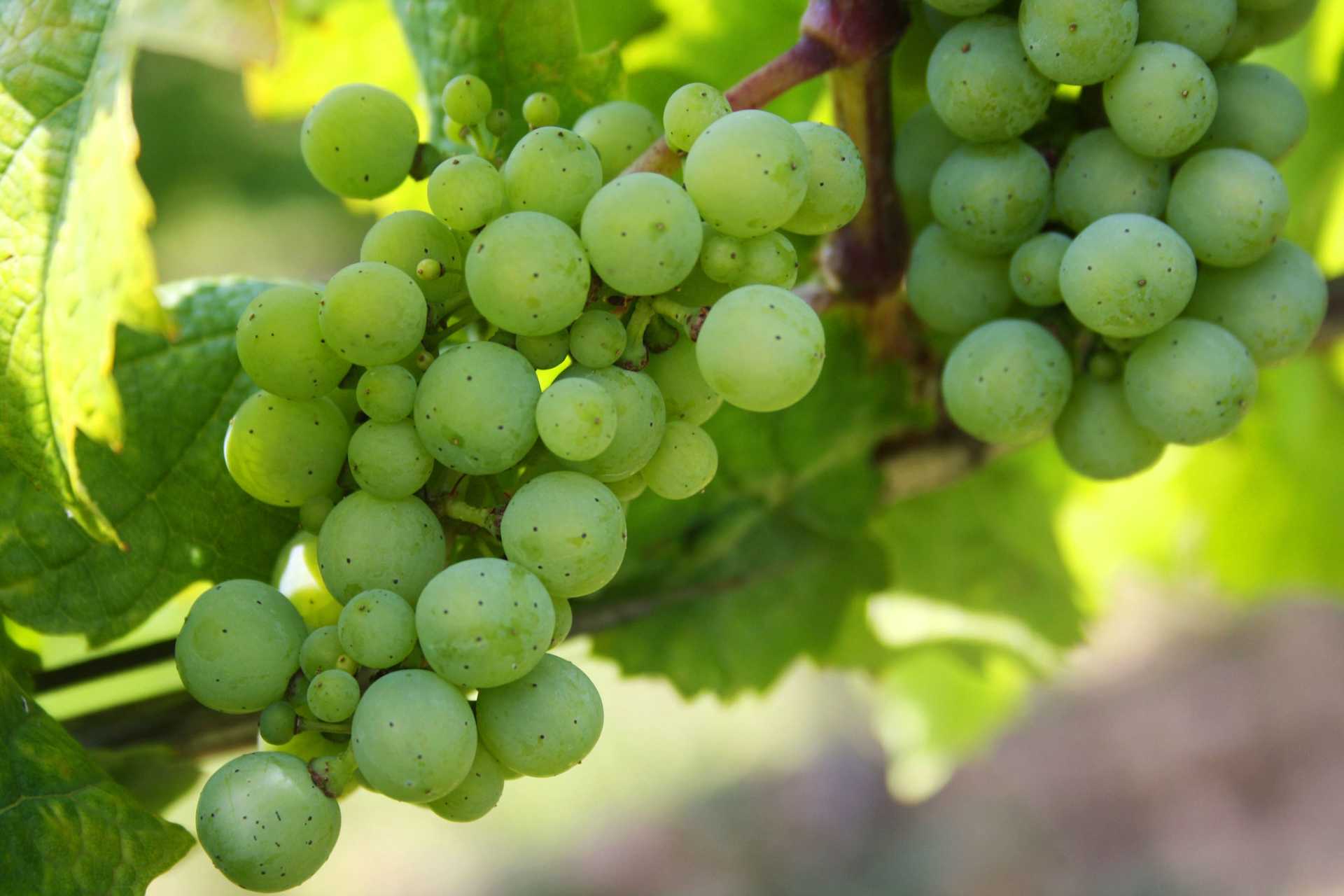Bodegas Izadi Rioja Blanco 2020
-
James
Suckling



Product Details
Your Rating
Somm Note
Winemaker Notes
A classic blend of indigenous varieties Viura, Malvasía, Garnacha Blanca, Tempranillo Blanco, Maturana Blanca and Turruntés, the Rioja Blanco from Izadi comes from 50–60-year-old bush vines planted on chalky soils in Rioja Alavesa. After a manual harvest, the grapes are destemmed and crushed, then fermented mainly in stainless steel tanks with a small percentage in new French oak barrels.
Professional Ratings
-
James Suckling
Very attractive dried-apple and lemon aromas with some stone and honeysuckle character. It’s medium-bodied with firmness and freshness. Stone and chalk undertones. Flavorful finish. Viura, tempranillo blanco, maturana blanca, garnacha blanca and turrntés.
Other Vintages
2019-
James
Suckling -
Robert
Parker
-
James
Suckling
-
James
Suckling










Located in Rioja Alavesa, Izadi aims to produce wines that express the character of the varieties indigenous to Rioja: Viura, Malvasía, Garnacha, Tempranillo, Graciano and Mazuelo. They own 72 hectares and have access to another 108 hectares through long term contracts. All are located in a triangle, hence this familiar shape on their labels, formed by the towns of Villabuena, Samaniego and Ábalos. Farming is sustainable with many organic practices. The average age of the vines is greater than fifty years old and the soils are a mix of sandy clays and clay limestone.
Stylistically they adhere to a middle ground between tradition and modernism in Rioja valuing the elegance of the former married to the fruit-forward qualities of the later. The Anton Family founded Izadi in 1987 after years of running vineyards in Villabuena de Alaba. The Antons also own a one star Michelin Restaurant (Zaldiaran) in the hamlet of Vitoria. Transformation of the winery happened in 1997, when Don Gonzalo Anton hired Mariano Garcia (wine maker for 30 years at Vega Sicilia). Together with Angel Ortega (winemaker for Izadi), they created what we now recognize as the Izadi style: robust yet refined, modern and elegant.

With hundreds of white grape varieties to choose from, winemakers have the freedom to create a virtually endless assortment of blended white wines. In many European regions, strict laws are in place determining the set of varieties that may be used in white wine blends, but in the New World, experimentation is permitted and encouraged. Blending can be utilized to enhance balance or create complexity, lending different layers of flavors and aromas. For example, a variety that creates a soft and full-bodied white wine blend, like Chardonnay, would do well combined with one that is more fragrant and naturally high in acidity. Sometimes small amounts of a particular variety are added to boost color or aromatics. Blending can take place before or after fermentation, with the latter, more popular option giving more control to the winemaker over the final qualities of the wine.

Highly regarded for distinctive and age-worthy red wines, Rioja is Spain’s most celebrated wine region. Made up of three different sub-regions of varying elevation: Rioja Alta, Rioja Alavesa and Rioja Oriental. Wines are typically a blend of fruit from all three, although specific sub-region (zonas), village (municipios) and vineyard (viñedo singular) wines can now be labeled. Rioja Alta, at the highest elevation, is considered to be the source of the brightest, most elegant fruit, while grapes from the warmer and drier Rioja Oriental produce wines with deep color and higher alcohol, which can add great body and richness to a blend.
Fresh and fruity Rioja wines labeled, Joven, (meaning young) see minimal aging before release, but more serious Rioja wines undergo multiple years in oak. Crianza and Reserva styles are aged for one year in oak, and Gran Reserva at least two, but in practice this maturation period is often quite a bit longer—up to about fifteen years.
Tempranillo provides the backbone of Rioja red wines, adding complex notes of red and black fruit, leather, toast and tobacco, while Garnacha supplies body. In smaller percentages, Graciano and Mazuelo (Carignan) often serve as “seasoning” with additional flavors and aromas. These same varieties are responsible for flavorful dry rosés.
White wines, typically balancing freshness with complexity, are made mostly from crisp, fresh Viura. Some whites are blends of Viura with aromatic Malvasia, and then barrel fermented and aged to make a more ample, richer style of white.
